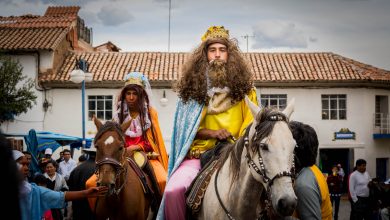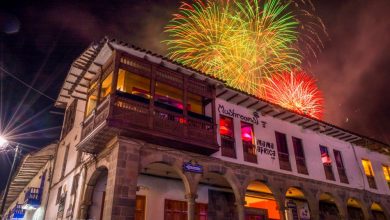Ollantaytambo Living Culture

The town of Ollantaytambo is listed as a living Culture and a Living Inca City since its inhabitants live according to uses and customs inherited from their ancestors and their houses are built on Inca bases or cementations.
Upon entering Ollantaytambo one is amazed to see narrow streets of stone, which have original water channels from the Inca era in which large amount of water flows. It is transported through underground channels from the high snowy mountains. For this reason, it is believed that the town was part of a center for worshipping water.
Water was a very important deity in the Inca era. It represented life and without it nothing could exist. For this reason, in every ceremonial place and wherever people lived there had to be water.
Ollantaytambo is one of the few places where you see so much water all year round. Although in the Inca era the most important economic activity was agriculture. As a result, work was done to clean the channels that transported water, their sacred deity for them which represented and created life. When the Spaniards arrived, the most important activity for the whole society was no longer agriculture, but mining. The Spanish were more concerned with extracting gold and silver and they changed rural social organization. They quit doing the cleaning tasks of channels and the Inca flow of water was lost. For this reason, when you visit this town you are so amazed by the intact constructions of the canals as well as of the people who up to the present time maintains many traditions of the Inca era. An example is the town of Willoc, a rural community that is part of Ollantaytambo and where only the Quechua language is spoken. Its red and black garments are similar to Huayruro, a red and black seed brought from the jungle used as an amulet for luck and to ward off bad spirits.
Ollantaytambo is the only Inca city that is still occupied by local families.


But what was Ollantaytambo? According to archaeological and ethnohistorical work, Ollantaytambo constituted a strategic military, agricultural and religious center for administering and controlling the Sacred Valley of the Incas. This is said due to the presence of constructions that are presumed to be for agricultural deposits and others of walls and turrets of control and surveillance for military use probably to protect the Inca from the jungle ethnic groups.
The Inca remains in Ollantaytambo are vestiges of the town that Pachacutec the ninth Inca ordered built after subduing its inhabitants and conquering these lands. When the Spaniards arrived Ollantaytambo was still in construction and for this reason it is an unfinished place. At the top, where the ceremonial sector is located, there are large stones that are well carved and polished. This material was to be used to build the more important temple dedicated to the sun. With the arrival of the Spaniards, work stopped. Even though it is unfinished, you can appreciate the imposing agricultural infrastructure works composed of hundreds of platforms and channels to secure the farmland. You also see checkpoints and surveillance in the tops of the hills, domestic and ceremonial buildings, astronomical observatories, and more.
How great it would have been to see this place completely finished, because with what we see now we are surprised, I cannot imagine what it would be like to see the complete work. You can visit Ollantaytambo and be part of this living culture.




